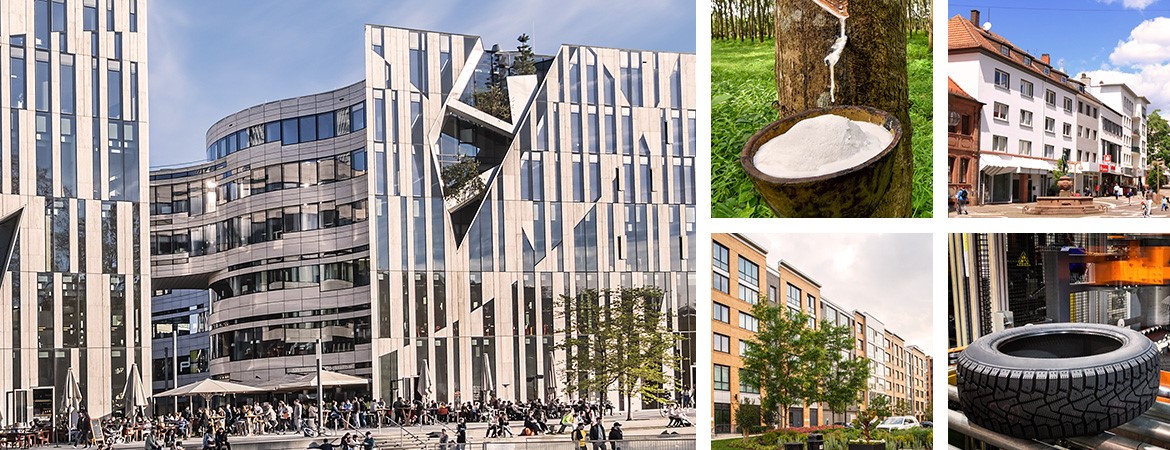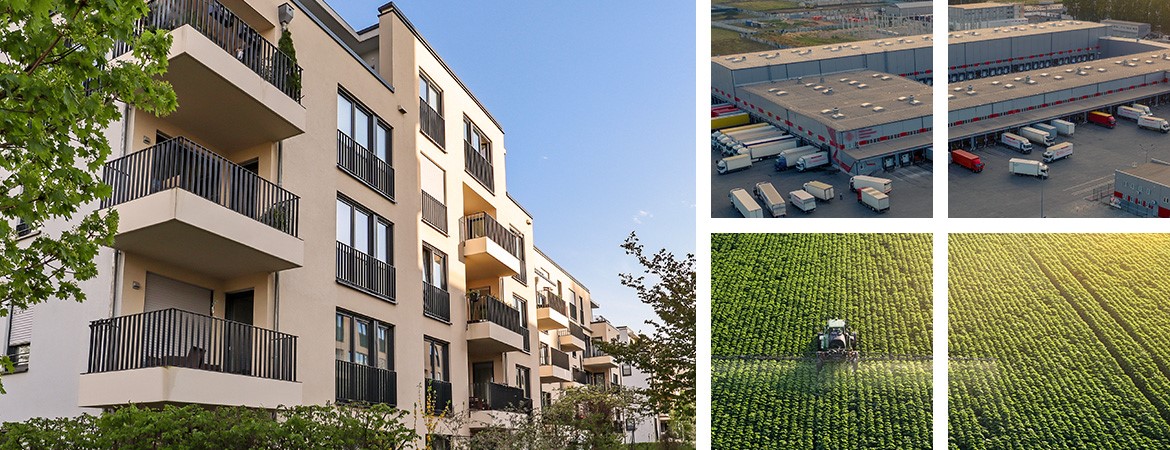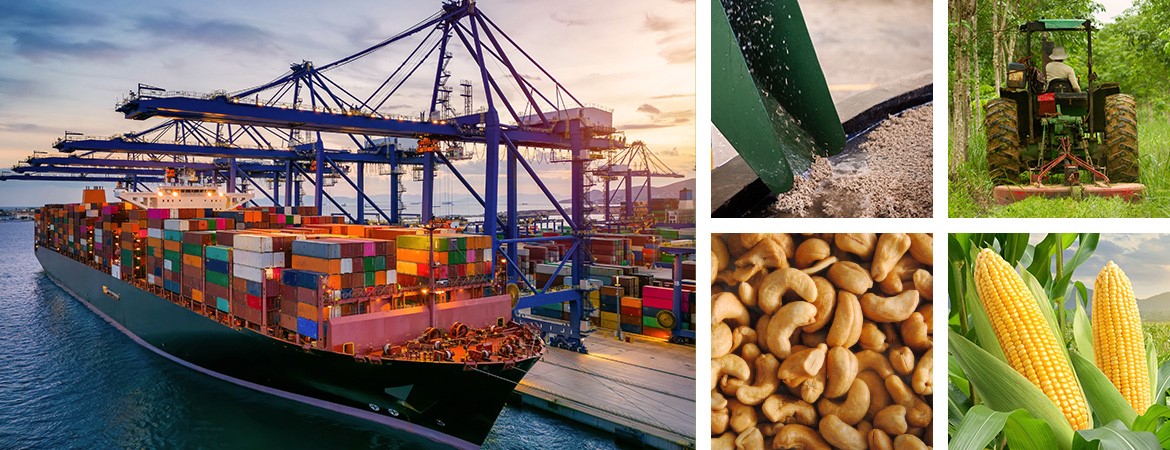








Returns in commercial trading depend on several factors. What is particularly important is the question of how often, say within one year, trade transactions can be transacted with the available capital. This varies depending on the product and distance between the exporting and importing countries.
In the rubber trade between Africa and Latin America or Asia, the average transaction time is eight to twelve weeks. The trade capital can thus be used four to six times per year.
The trade margins are the second key factor which affect the operative gross profit in commercial trading. In general, the higher the processing stage of the raw material, the lower the margin. In the case of TSR rubber standard products, which are sold after factory processing as industrial intermediate goods, the margin is between two and thre percent, but in the case of unprocessed raw rubber it is between three and five percent, per trade.